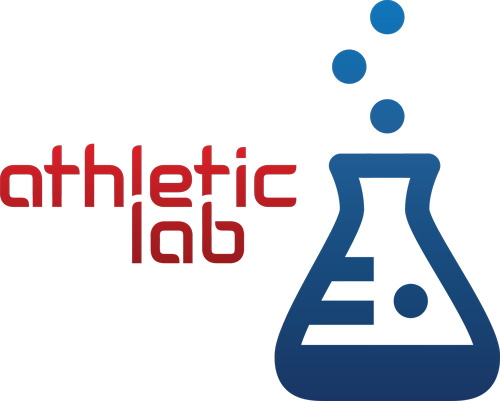Pain is a very real and subjective phenomenon that plays a vital role in how we process and recover from injuries. In essence, pain is designed to be a warning or signal from the body to let us know there is inflammation, injury or even mechanical failure that is occurring. How we respond to pain depends on many factors, including our prior experiences, perceptions and attitudes shaped by our parents, peers, coaches the environment, and innate pain threshold.
In the sports medicine realm, many practitioners focus solely on the musculoskeletal system or physical impairment that exists. As such, treatment interventions are primarily developed around tissue constraints, range of motion deficits, weakness, etc. Too often, we look past the power and impact of the brain and how it plays a vital role in healing and return to sport. For some patients, there is a maladaptive response to injury/surgery and a hypersensitivity of the central nervous system or central sensitization that occurs. In other words, the pain level they feel is much greater than what one would normally expect to see related to the injury.
Research by Pelletier et al. (2015) notes that two distinct things can occur in those patients experiencing chronic pain. First, they may experience sensory amplification. In this case, sensory and motor representations change resulting in perceptual changes in body image, motor control changes, and even a persistence or amplification of pain. The other key consideration is referred to as experience dependent plasticity. This refers to when a patient’s response to pain is related to prior experiences, and he/she may experience maladaptive imprinting where the pain outlasts the actual physical insult.
While one would assume that chronic pain is rare in athletes, I would counter and say it is probably just overlooked as we tend to expect athletes to “push through the pain” because of the hyper competitive culture we live in. Coaches, parents, athletic trainers and even teammates can affect the mindset around injury and recovery. In many cases, parents and coaches may downplay the severity of the injury and associated pain if there is no visible impairment, limp or marked loss of function. No matter how tough someone is, pain eventually wins by wearing them down and reaching a level in which the brain begins to alter movement or limit power output to the muscle to avoid the pain itself. Then, performance ultimately declines.
I am a strong believer that pain and threat detection cripple orthopedic rehab efforts, and we must treat these patients differently to be successful. It begins with acknowledging the pain and regularly asking for feedback with respect to each exercise and activity. Learning to monitor pain before, during and after rehab or exercise will provide valuable clues about activities that impart too much stress based on the individual’s pain response and allow for safer, more effective treatment progressions. Those with non-surgical and post-surgical scenarios can both fall into this maladaptive category where changes in the brain (cortical mapping) lead to decreased muscle firing, altered pain thresholds, depression, altered body image and apprehension/anxiety about the recovery.
In the face of persistent or chronic pain, successful rehab must train the brain and the body. Using an external focus of attention, positive language, mental imagery and task specific exercises are a few examples of things I utilize. In sports medicine, the goal is to push the patient with novel, meaningful tasks using the proper quality and quantity of work to induce the desired mental and physical adaptations. In order to do so, it is important to recognize that we cannot ignore or simply push through the pain because the brain is in charge. It is okay and necessary for athletes to admit if they are in pain. For without this admission, many will never be able to return to play or receive the proper treatment needed to fully recover from their injury.
Reference:
Pelletier R, Higgins J, Bourbonais D. Is neuroplasticity in the central nervous system the missing link to our understanding of chronic musculoskeletal disorders? BMC Musculoskeletal Disorders. 2015.16(25):4-13.
About the Author
Brian Schiff graduated from Ohio State University in 1996 with a Bachelor’s of Science degree in Allied Health Professions, Physical Therapy. He became a Certified Strength & Conditioning Specialist (CSCS) through the National Strength & Conditioning Association in 1998. From 2002-2006, Brian served as the Strength & Conditioning coach for the Columbus Crew Major League Soccer Team. Brian is an APTA board-certified Orthopaedic Clinical Specialist (OCS) and also certified in Functional Movement Taping (FMT) and the Functional Movement Screen (FMS). In 2014, he became credentialed to perform Dry Needling.
Brian has worked as the supervisor and Sports Physical Therapist for Raleigh Orthopaedic Performance Center since 2010. He specializes in treating orthopaedic and sports medicine cases and has a special interest in rehabbing baseball injuries and ACL prevention/rehab. Brian has worked with athletes in NFL, NBA, MLB, NHL, MLS, USTA, US Rugby as well as numerous Division 1 Collegiate athletes. He currently serves as a PT consultant for the Carolina Hurricanes. Brian is also a faculty member for Allied Health Education and presents continuing education webinars and live seminars for PT’s, ATC’s and fitness professionals.










